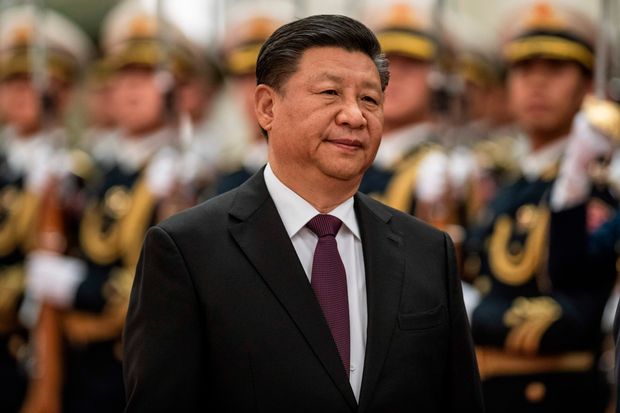In the 1950s, the Chinese used to say, “The Union of Soviet Socialist Republics (USSR) of today is the China of tomorrow.” Almost four decades later, the USSR got divided into 15 new Republics. This is how the Cold war between the US and its allies of the free world on one side, and the Soviet and its Communist allies on the other side ended.
What the Chinese however used to say in the 1950s is absolutely true. The Soviet Union of today is the China of tomorrow. And for that to hold true, the People’s Republic of China must lose its occupied territories and get fragmented into a powerless State. The Chernobyl nuclear disaster and its cover-up led to the Soviet disintegration, and the Coronavirus Pandemic could mark the end of the People’s Republic of China.
China is a Han-dominated occupational force and there are seven countries– Tibet, Hong Kong, Shanghai, Xinjiang (East Turkestan), Manchuria, Chengdu and Zhang Zhung within the Communist nation who wouldn’t hate the idea of breaking out of the autocratic regime.
With the Coronavirus Pandemic and the subsequent aggression, China has actually put itself in the same place as the Soviet Union in the 1980s. First, the COVID-19 Pandemic made the world realise the perils of an autocratic, Communist regime trying to create a new world order for itself. Then, Chinese aggression in the South China Sea and the LAC at Eastern Ladakh has led to the creation of a new front against China.
The United States is revamping its military strategy, and shifting focus from Russia to China. The US-led NATO is also recognising China as the main threat. Recently, NATO Secretary General Jens Stoltenberg said, “The rise of China is fundamentally shifting the global balance of power … Multiplying the threats to open societies and individual freedoms and increasing the competition over our values and our way of life.”
He also urged “like-minded countries” to join the military alliance to stand up against “bullying and coercion” in world affairs.
China has actually managed to draw the attention of the free world upon itself. It is harassing Vietnam, the Philippines, Malaysia and Indonesia in the South China Sea by making illegal territorial claims in their waters.
It is also flexing its muscles in the East China Sea and claiming sovereignty on Japanese Islands, apart from spiking military tensions with India at the Line of Actual Control (LAC) in Eastern Ladakh.
China is the bully of the Indo-Pacific Region, which is why the United States is redeploying its troops towards this part of the world. On Thursday, the US Secretary of State Mike Pompeo said, “The actions of the Chinese Communist Party meant there were ‘threats to India’ and countries such as Vietnam, Indonesia, Malaysia, Philippines and the South China Sea. The US military is ‘postured appropriately’ to meet these ‘challenges of our time’.”
The US is also becoming increasingly vocal on issues like human rights violations of Uyghurs in the Xinjiang province, Tibet’s right of self-determination, China’s move to rob Hong Kong of liberties and Taiwan’s separate existence.
To make matters worse for the Chinese President Xi Jinping, he is also losing grip of the Chinese Communist Party (CCP). Anti-establishment keeps on rising in China, no matter how desperately the State-owned media tries to push the propaganda of a strong country with a decisive leader.
Cracks have appeared in Jinping’s hold over the Communist Party of China (CCP) given the catastrophic handling of the COVID-19 Pandemic. And this gives an opportunity to the Shanghai faction is led by Jiang Zemin and the Beijing faction is led by Hu Jintao to weaken Xi Jinping’s position.
Within China, sane voices have started asking questions. On Chinese social media, questions are being asked about the Galwan clash which led to heavy casualties in the People’s Liberation Army (PLA). India cremated its brave-hearts with military honours, while China concealed the names of the PLA troops who died fighting for the Chinese Communist Party.
Chinese citizens are asking, “Why no memorial service for Chinese soldiers?”
Days ahead are going to be tougher for China. Countries like India and Vietnam have accelerated an exodus of foreign companies from the exports-based economy.
Economic prosperity is the sine qua non of China’s existence. The “Beijing Consensus” is based on setting off the absence of democratic freedoms and liberties for economic well-being. But as China becomes poor, it will not have anything to offer to its citizens.
The US-led coalition against China, India’s rise on the world stage, internal disturbances and Xi Jinping’s depleting stature hint at China’s day of reckoning. The new world order might as well witness a divided, powerless China.
